Animals tend to gravitate toward plants. Whether they are trying to play with them or destroy them, plants are frequently the focus of attention when you have a pet in the house.
Unfortunately, some common plants can be deadly to your cat or dog. You should avoid keeping these toxic plants in the house if you have a pet.
1. Aloe vera
You might be surprised to see aloe vera on this list, but it’s one of the most dangerous plants for almost all pets. Nowadays, many families keep this succulent around the home to treat burns naturally. It’s also an excellent air purifier.
Unfortunately, if your cat or dog bites into the thick leaves, problems could ensue. Ingestion of aloe vera can cause vomiting and diarrhea, shaking, lack of appetite, and depression in your pet. So make sure you keep it away from your pet.
2. Baby’s breath
Pets and plants are not always a perfect combination, and you should always remember it. Baby’s breath is beautiful but harmful for pets. The tiny white flowers are frequently found in bouquets and should be kept far away from your pets.
Being a beautiful filler for those roses you received, a baby’s breath can cause stomach upsets, and you may end up with a vomiting dog or cat if you are not careful.
More: 10 Tips for Choosing a Vet for Your Pet
3. Begonia
While begonias are a very popular plant in the home and garden, they are toxic to animals. The leaves and flowers do contain toxins, but the most dangerous part is the tuber.
If your pet tries to eat this part of the plant, it will likely end up with burning lips, severe irritation of the mouth, and vomiting. Your pet may also have problems swallowing, which an uncommon amount of drool will evidence.
More: 10 Things to Consider When Choosing Dog Food
4. Carnations
Another popular cut flower, carnations, is frequently found in bouquets given for Mother’s Day and Valentine’s Day. Keep these pretty posies out of reach of your pet to avoid skin rashes and gastrointestinal upsets. If your pet has gotten into the carnations, expect diarrhea, flatulence, and possibly vomiting.
More: 10 Important Tips for Caring for Rabbits
5. Chrysanthemums
These full, brightly colored flowers are not usually deadly, but they can certainly cause health problems. They are widespread porch plants and can be found in many bouquets.
All parts of the plant are somewhat toxic, and consumption will result in vomiting, drooling, diarrhea, and skin problems. If your pet eats too much, he may even lose physical coordination.
More: 10 Important Tips for Caring for Chinchillas
6. Daffodils
Like most plants grown from bulbs, daffodils are toxic. The bulb is the most dangerous part of the plant, so if you are planting some of these lovely yellow flowers, be sure to keep the bulbs locked uptight. They may look like a chew toy or ball for a playful pet.
If eaten in large amounts, daffodils can cause low blood pressure and heart problems, as well as convulsions. Smaller tastes are more likely to result in vomiting, drooling, and diarrhea.
More: 10 Most Unique Pets You Can Own
7. Lilies
Another popular bouquet flower, lilies are also grown in pots in some homes. While they are a lovely decoration, they are also absolutely deadly to cats.
So deadly, in fact, that just a tiny bite can cause kidney failure in your cat. Lilies are, however, safe for dogs. If the only pets in your home are canine, you should be fine with a few pots of lilies around.
More: 10 Things to Consider When Choosing Cat Food
8. Poinsettias
Around the holidays, potted poinsettias are very popular. The bright red or white leaves add holiday cheer to the home and are often a part of the decorating process for Christmas. As with many Christmas decorations, however, poinsettias can be dangerous to your pets.
While not deadly, ingestion of the leaves can cause vomiting and severe irritation to the mouth. A cat or dog with an upset stomach is not what you want to deal with over the holidays, so keep these plants up high or avoid them altogether.
More: 10 Things to Consider When Looking for a Pet
9. Sago palm
Palm trees can be beautiful when used in landscaping, but some people also keep them inside pots. While you lend a tropical feel to your home, these plants are hazardous. The worst part is that sago palms taste delicious to your pet, so cats and dogs are more likely to bite into one.
The seeds are the most dangerous part, but every part of the plant is bad for your pet. Eating it could result in vomiting, bleeding of the stomach, bruising, liver damage, and even liver failure resulting in death.
More: 10 Fantastic Aquarium Fish for Every Budget
10. Tomatoes
The actual fruit from a tomato plant is not usually a problem for animals, but the plant itself can be dangerous. If your cat or dog takes a playful bite of a tomato plant, you can expect plenty of drooling, diarrhea, lethargy, confusion, and stomach problems. Severe cases may even cause the pet’s heart rate to slow down. Upside down tomato planters might be a good alternative to the potted plants.
Not all houseplants are dangerous to pets, but if you want to keep your furry friends safe, you should avoid the ones on this list. Keep in mind that not all animals will go after plants, but it’s best to have non-toxic options around if they do.

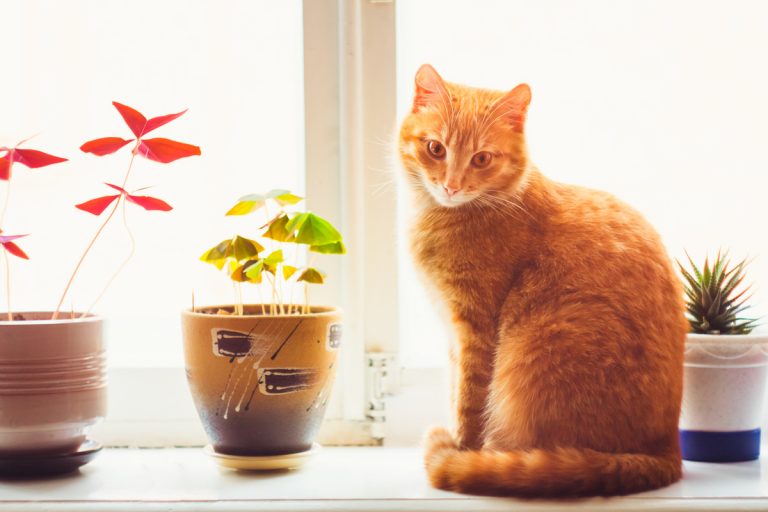
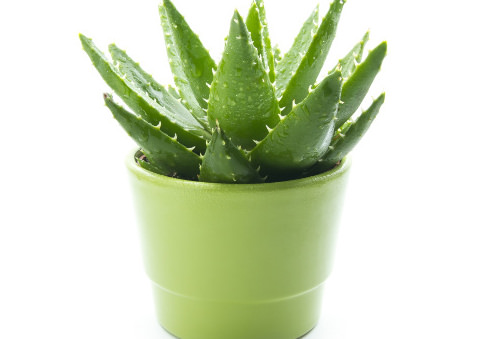

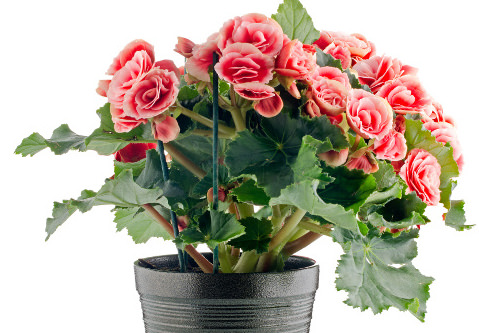
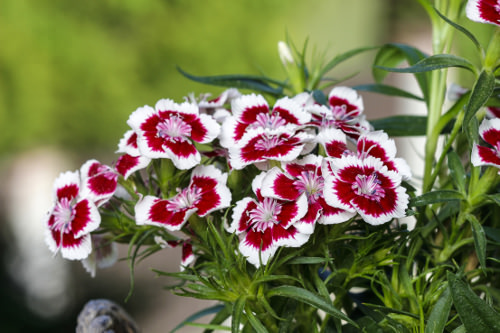

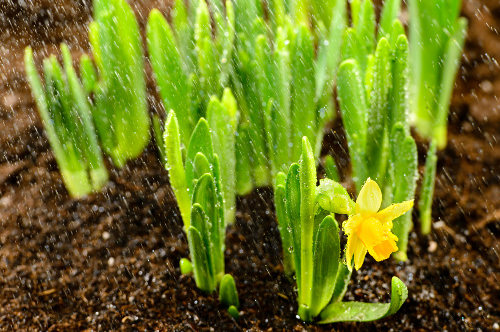
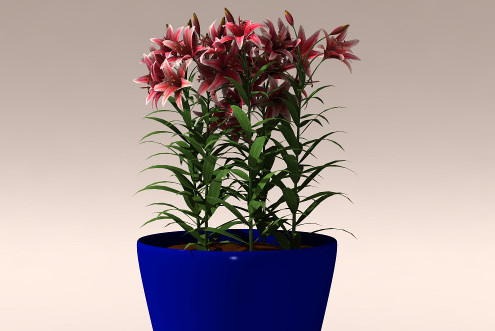
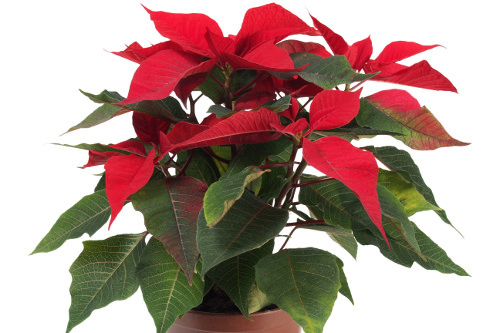
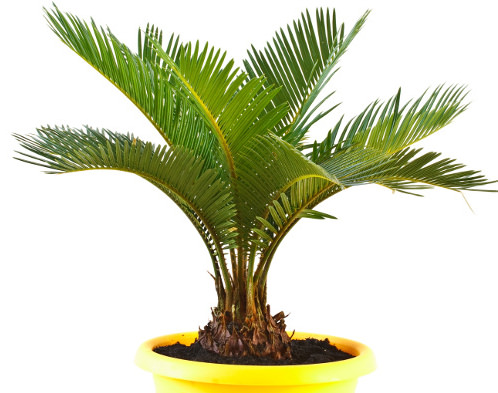

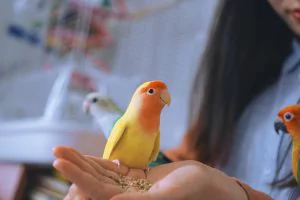
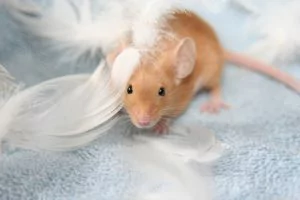
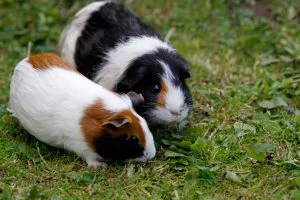

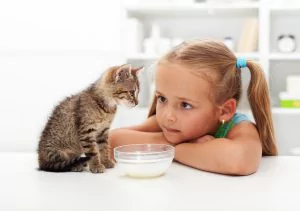

Comments